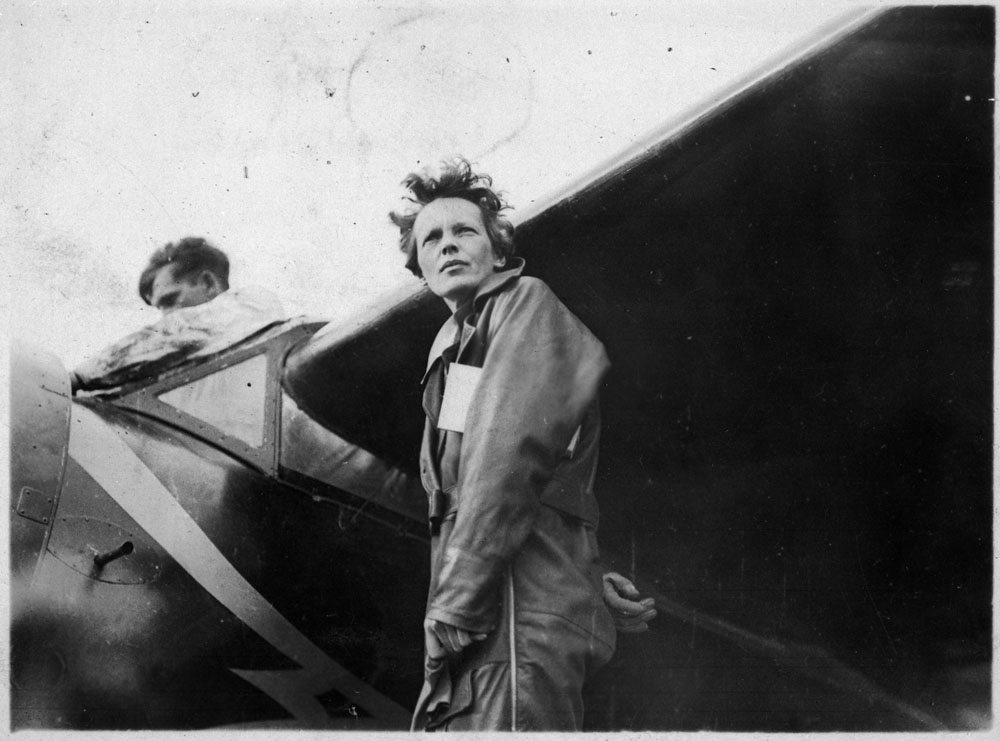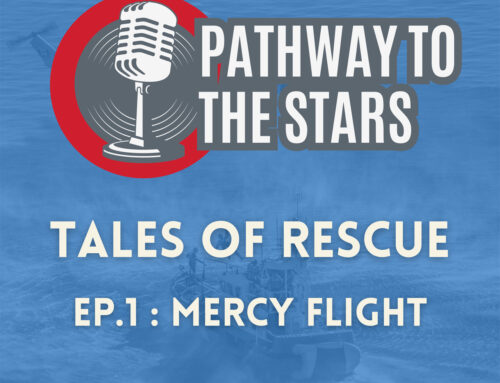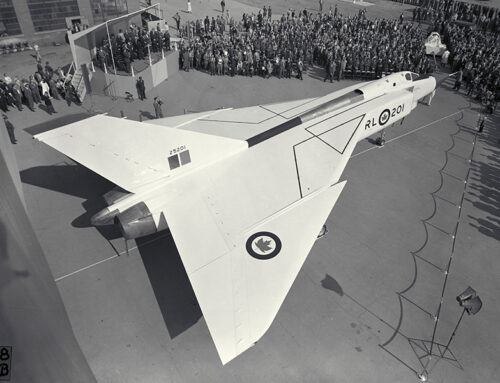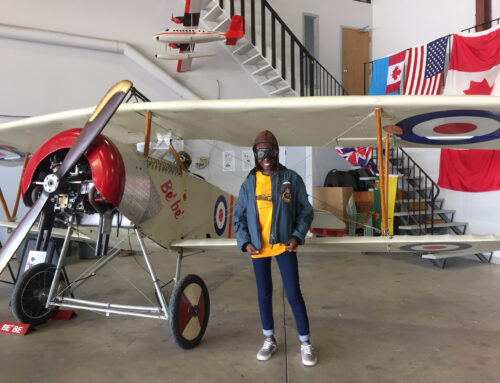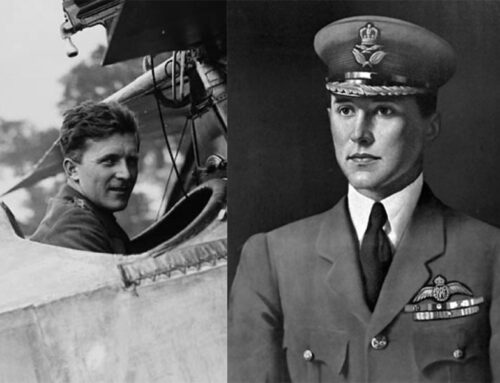Pathway to the Stars
Episode Two
In our second episode of Pathway to the Stars with Story Studio Network’s Now & Next, we explore the aviation connections of a Toronto neighbourhood. Special guests this week include Chantal Gagnon, Historica Canada; Ken Swartz, Canadian Aviation Historical Society; and Ric Gillespie, International Group for Historic Aircraft Recovery.
At the start of the First World War in 1914, aviation was still in its infancy. After all, the first controlled powered flight in Canada occurred February 23, 1909 when the Silver Dart was flown off the ice at Baddeck, Nova Scotia. And only five years later, at the outset of war, the full military potential and strategic importance of aviation was not yet established. At first, aircraft were used mainly for aerial reconnaissance.
The airplanes of the day were not highly robust. They would have had a wooden framework covered with Irish linen, not much to them.
“Who in their right mind is actually getting into one of those things and then hoping it takes off?”
– Erin Trafford
In 1917, the Royal Flying Corps set up six training fields in southern Ontario and actively recruited Canadians. One of those six fields where pilots were trained was Armour Heights, in what was the northern edge of Toronto at the time.
“It would be a big open field. No runways.”
– Ric Gillespie, International Group for Historic Aircraft Recovery
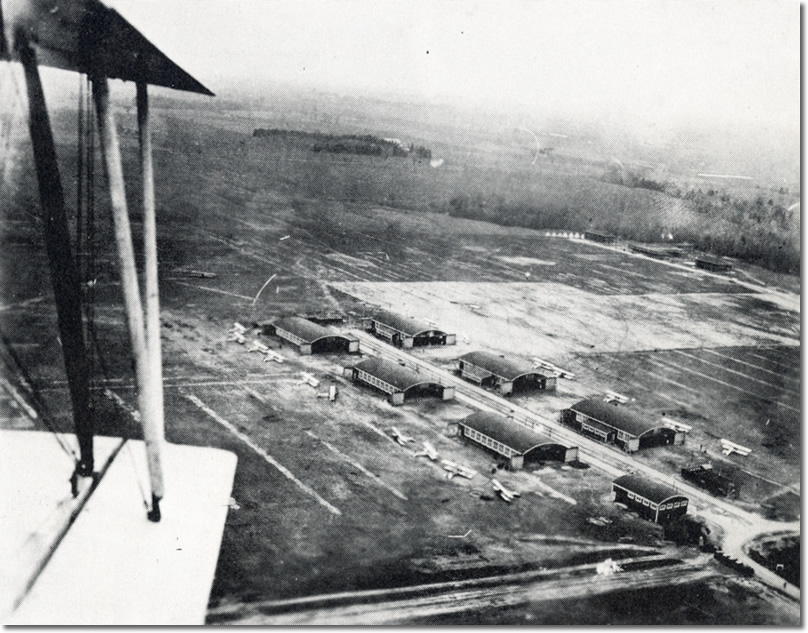
Armour Heights Aerodrome. J.A. Des Roches and Walter Hurst. Canadian Forces College.
Back in the First World War, the urgency to train pilots was extremely high. Britain’s air combat loss rates are incredibly high. But the training fields were statistically more dangerous than the battlefields. More pilots and planes were lost in training than in combat with the enemy.

Instructional Staff, Officers Under Instruction, N.C.O’s And Airmen, School of Special Flying, Capt. J. A. Coats, O.C., Armour Heights Camp. Merrilees, Andrew / Library and Archives Canada / 4473059.
The needs of the war machine pushed the aviation industry to grow at an incredible rate. From the biplane of the First World War to the Spitfire of the Second World to the Avro Arrow developed at the beginning of the Cold War. It was an explosion of innovation in a forty year period.
And as rudimentary as those First World War aircraft were, at the time it was cutting edge technology. Newspapers had dedicated aviation sections, just as they’d have sports sections today.
Following the end of the First World War, military operations ceased to operate at Armour Heights airfield in January 1919. A civilian era began, with Bishop-Barker Aeroplanes Limited operating from the airfield until the area fell into disuse with the dissolution of that company.
The site still has a military connection, as it is the location of Canadian Forces College (founded in 1943 as the RCAF War Staff College) for the professional development of Canadian military officers.
Armour Heights also made aviation history of another kind. A young woman from Philadelphia finds herself in Toronto at the height of the war. She’s in the city in 1917 to visit her younger sister. During her short stay she is affected by the number of wounded men returning from the war and returns to work at the Spadina Military Convalescent Hospital. Chantal Gagnon, Historica Canada
Her connection with the military would have been deep. “She had the occasional Sunday off from the work she was doing at the hospital. On one of those Sundays she went to visit some former patients of hers at Armour Heights who were now doing training exercises.” – Chantal Gagnon, Historica Canada
And who was this mystery woman? None other than Amelia Earhart.
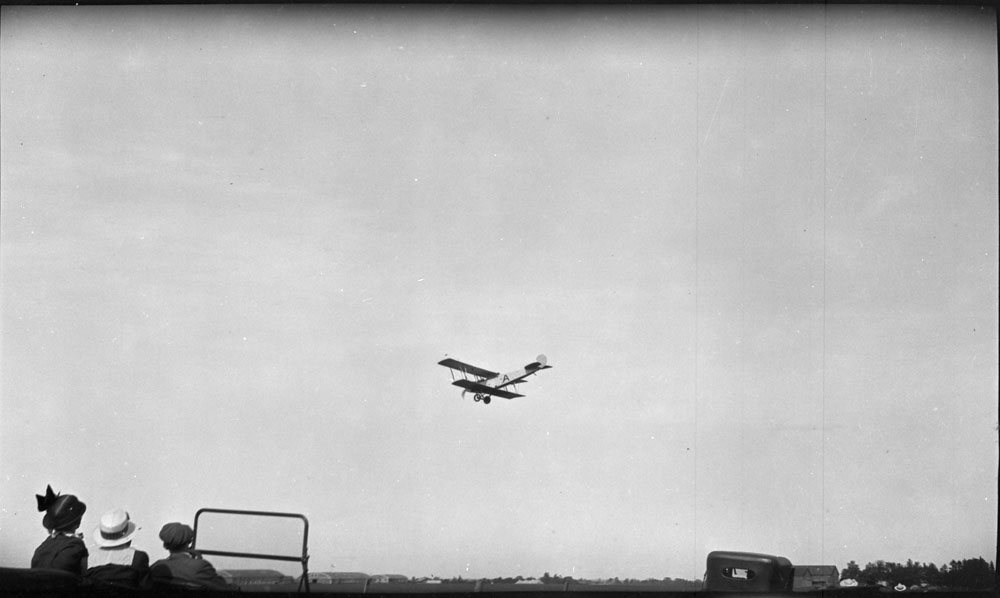
Aeroplane going away from Armour Heights Camp. John Boyd / Library and Archives Canada / PA-070877.
It was in Toronto that Amelia Earhart caught the aviation bug. A combination of fascination and excitement at Armour Heights set her on a historic course.
1937. Earhart and her navigator Fred Noonan set out to fly 20000 miles around the world. They had 7000 miles left when they left New Guinea and they were never seen again. But they were heard… a woman living on Ashdale Avenue in Toronto was a ham radio operation. As Jason Wilson tells us, Gertrude Crabbe is monitoring her radio and hears a barely audible message amid the static. July in 1937. She legitimately heard their final message: “Do you think they got our SOS?”
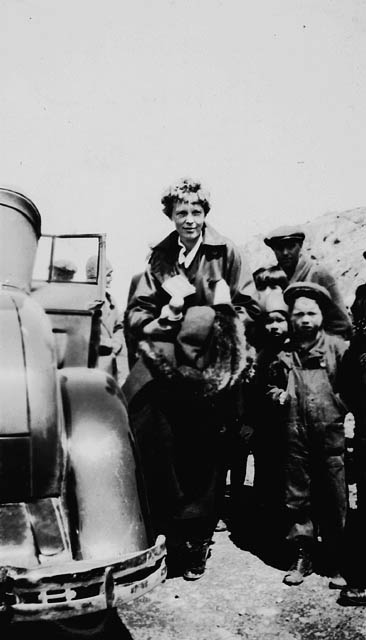
Mrs. Amelia Earhart Putnam before trans-Atlantic flight, 21 May 1932, Harbour Grace, Newfoundland. Ernest Maunder / Library and Archives Canada / PA-057855
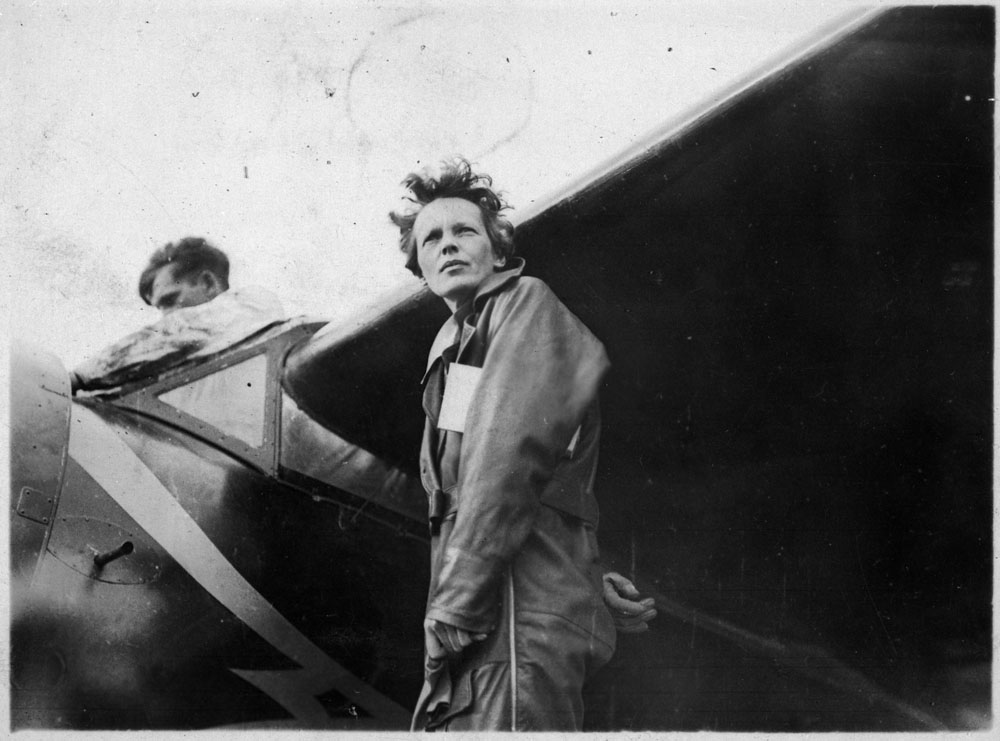
Mrs. Amelia Earhart Putnam with Lockheed “Vega” aircraft before trans-Atlantic flight. 21 May 1932. Harbour Grace, Nfld. Library and Archives Canada / PA-057851.
“I have slipped the surly bonds of earth”
– John Gillespie McGee Jr.



